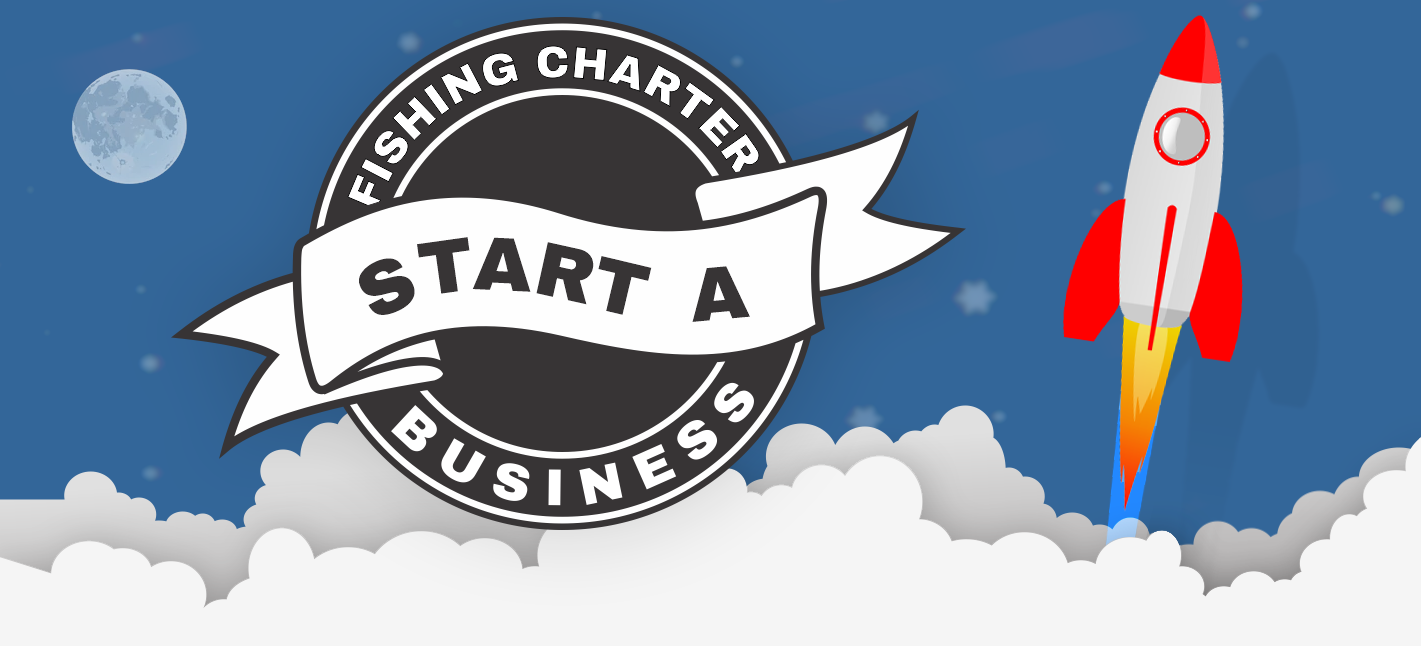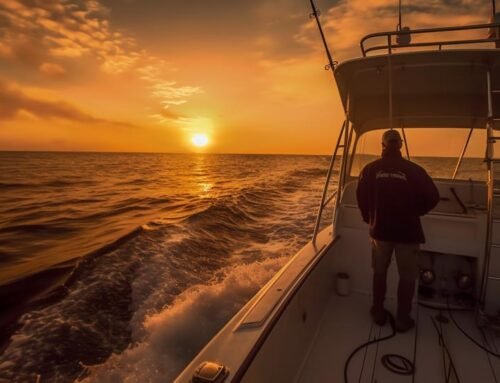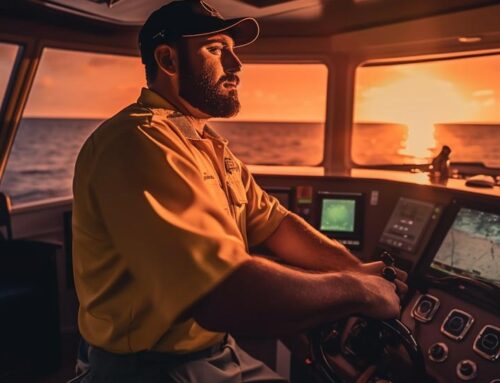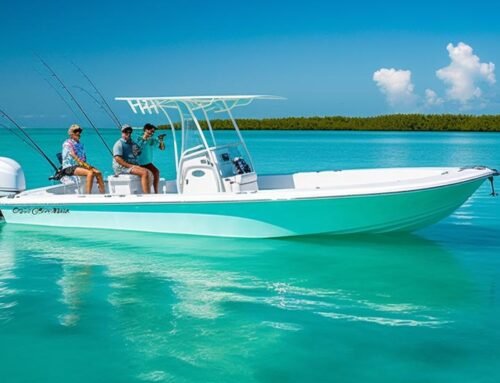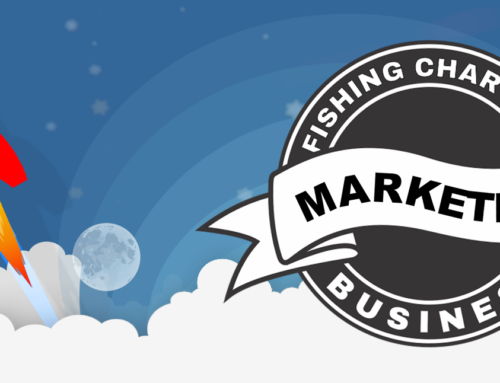Knowing your expenses is critical not only to making a profit but also, to make sure you avoid financial trouble. It is easy to dream of doing something you love and how easy it is to build a business out of that dream. I mean you are a great fisherman, right? Well, if you are not business savvy, being a great fisherman may not make it in the charter business. Here are some expenses you need to know: boat payments (if you own your boat you are ahead of the game!), boat and liability insurance, boat maintenance, if you dock your boat, slip payment, rod and reel upkeep and fishing tackle. Don’t forget advertising. Website(s), magazine and other print media, business cards, brochures all add to your costs. Bait and ice adds up as well. Even though most if not all these expenses are business deductions, as my wife continually informs me “you still have to pay for it.” This list certainly may not be all your expenses, but the list is a good start.
So, to make a profit how much are you going to charge your customers? Once you have your monthly, quarterly and annual expenses you can begin to figure how much you will charge. However, you are constrained by how much the market will allow. For example, if you charge $400 for a half day, but most of your competitors charge only $300, then your piece of the pie (customer group) may be too small. Stated another way; if you run 10 trips a month at $400 you make a gross of $4000. Your competitors run 15 trips a month at $300 for a half day and earn $4500. This example may not sound like much of a difference, but take the numbers out to 15 trips for you and 25 trips for your competitor. That equals $6000 for you and at 25 trips your competitors earn $7500. The bottom line dictates that you have to be in touch with what is generally the “market price.” If you are too low or too high, it is bound to negatively impact your profit. I suggest you have rates for a half day and a whole day, and it is very good to have custom rates for customers who may have a certain amount of time to which they can commit.
Now you have your rates set. The next question is how are you willing to accept payment? I for one have never accepted checks except from someone local and/or known to me. That basically leaves credit cards or cash. When I first began, credit cards required a three part form you put in a machine along with the credit card and slid a pressure bar across the entire form. I know that dates me but it was a real hassle. Today, I use PayPal. You can attach a swipe triangle to your smart phone, enter the amount in your phone, swipe the card and even send an email receipt to your customer. The cost is minimal and it is in your bank account usually the next business day! Setting up a merchant PayPal account is easy.
This is the third segment of several articles aimed at starting and maintaining a charter business for those interested in pursuing an inshore, near shore or offshore captain license. Check back often for the latest segment in the series.
Co-Author Capt. Rick Bennett, Ret.
www.rod-man.com



